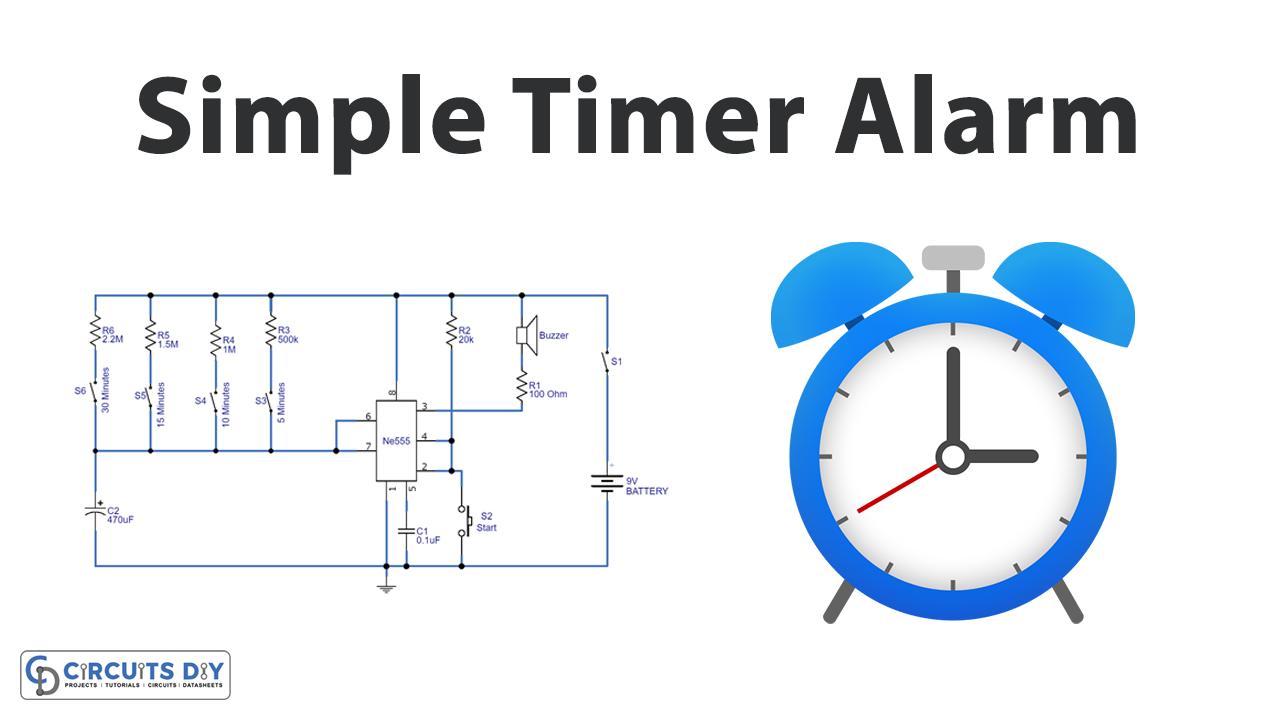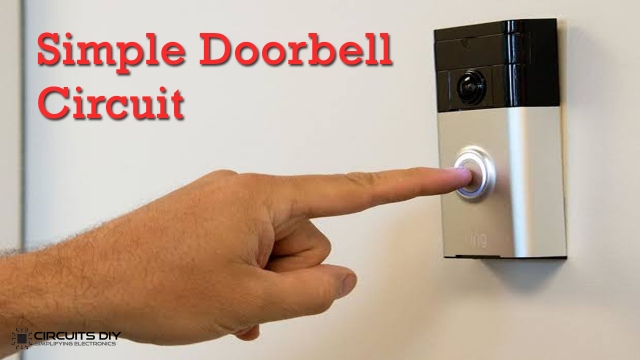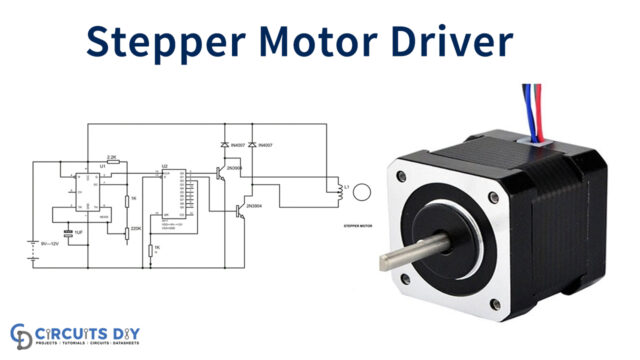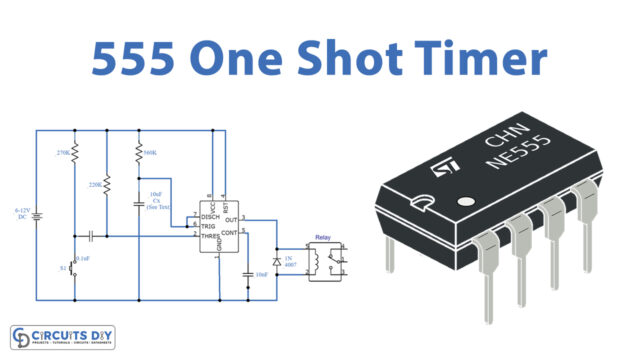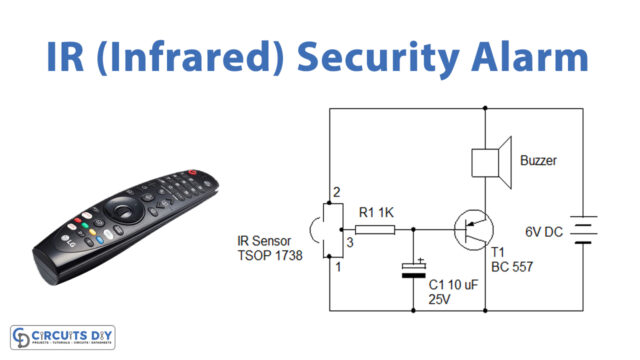In this tutorial, we are going to make a “Timer Alarm Circuit using NE555”. In many electronic circuit applications for ensuring the correct operation of the circuit, a delay of a few seconds or minutes becomes a crucial requirement. Because without the specified delay, the circuit could malfunction or even get damaged. And to construct short-duration timers and alarms, we don’t need expensive microcontrollers.
We can create snooze or short-duration alarms by using timer IC 555. We have designed this circuit, to give an alarm buzzer sound for four different timing intervals. These intervals are 5, 10, 15, and 30 minutes. Here we can change the timing of this circuit easily as we want.
Hardware Required
| S.no | Component | Value | Qty |
|---|---|---|---|
| 1. | IC | NE555 Timer | 1 |
| 2. | Switch | – | 5 |
| 3. | Push Button | – | 1 |
| 4. | Resistor | 2.5MΩ,1.5MΩ,1MΩ,500KΩ,20KΩ,100Ω | Each One |
| 5. | Capacitor | 470uf,0.1uf | 1,1 |
| 6. | Buzzer | – | 1 |
| 7. | Connecting Wires | – | – |
| 8. | Battery | 9v | 1 |
Circuit Diagram
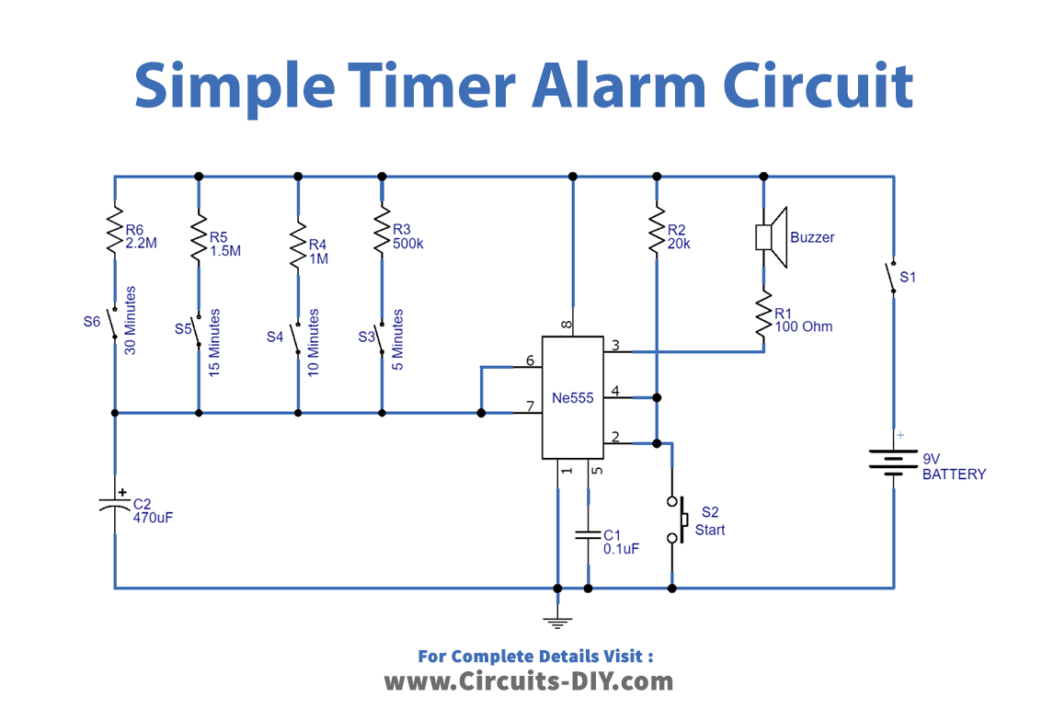
Working Explanation
As we can see in the circuit, timer IC 555 is the main part of the circuit. Which is employed with other few easily available components. Here we have used a 9V battery to give power supply to the alarm circuit, otherwise, you can create your own DC power supply 9V using a step-down transformer and bridge rectifier. And buzzer element is connected at the output pin of IC 555, and the start button is connected to pins 2 & 4 together toward DC bias through the R2 resistor. For timer delay in this circuit different ranges of resistors are implemented, to give various timing ranges and only one timing capacitor (C2) is used. Now you can turn ON this circuit by closing the S1 switch and can choose the timer range by closing the s3, s4, s5, or s6 switches. Then push the start switch s2 and wait. Here the buzzer gives an alarm sound according to the timing range. You need to previously check the timing range, otherwise, you can use one variable resistor instead of R3, R4, R5, and R6.
Application
Can be used in alarm clocks, car parking control, set AC timers, etc.


